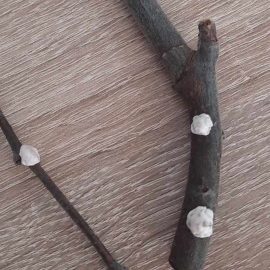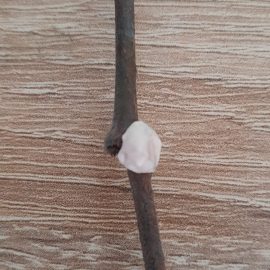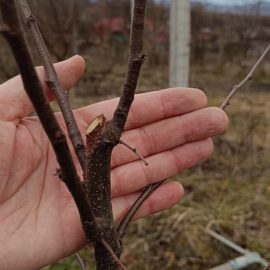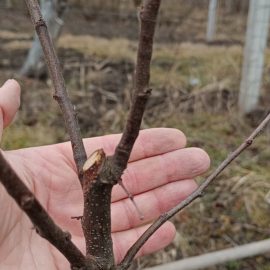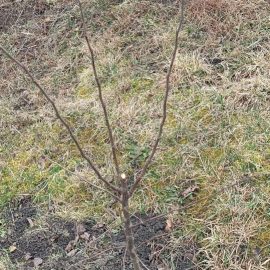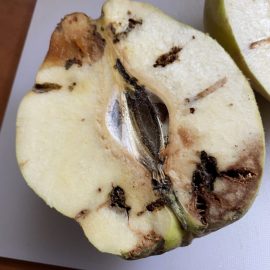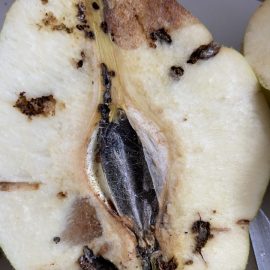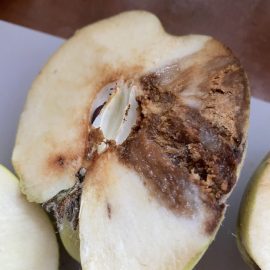Brown rot in Pome fruit trees (Monilinia fructigena) – identify and control
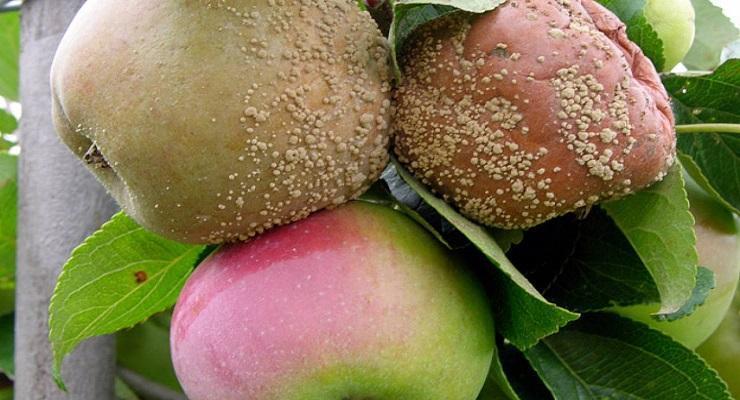
The Brown rot in pome trees disease (Monilinia fructigena) disease occurs in more than 40 plant species from different families but is most dangerous for apples and pears. Monilliosis causes damage closer to fruit maturity, and late infections that occur during harvest manifest in storage.
Symptoms. The attack occurs on branches, leaves, flowers, and fruits, the forms of attack taking on different aspects depending on the phase of vegetation and the evolution of climatic conditions. In spring, during flowering, some young branches begin to wilt, and leaves and flowers become brown and dry out. On the bark of the attacked branches as well as on the flowers, small greyish-yellowish crumbs appear representing the sporodochia of the fungus. Later, when the fruits have reached the size of a peanut, especially pears, they blacken and fall off. The attack on ripe fruit is the most common and the most damaging. At this stage, it can occur in three forms: brown rot, black rot, and mummification.

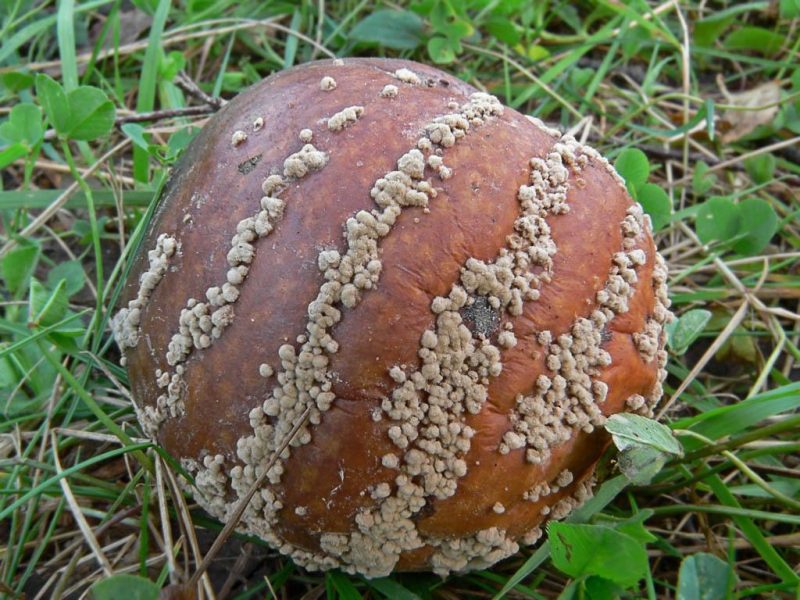
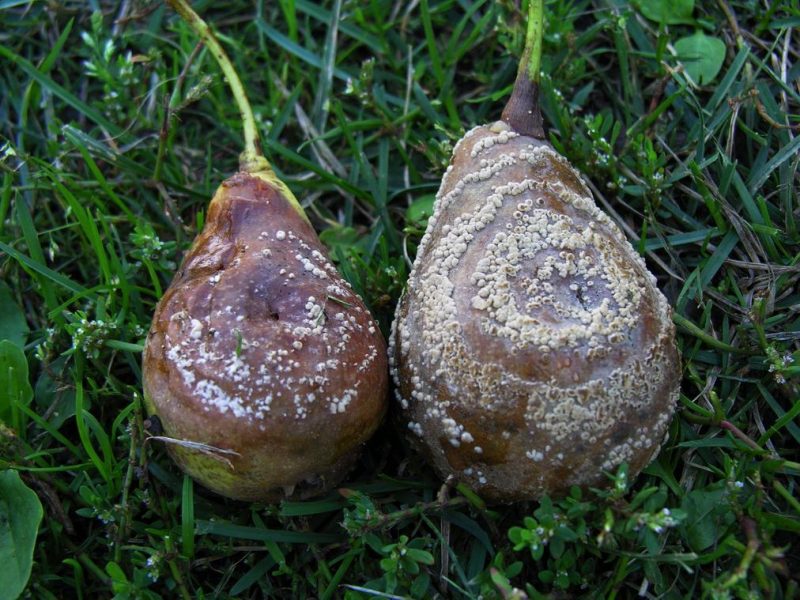
Brown rot occurs in hot, rainy weather. Brown spots appear on the attacked fruit, spreading over the surface and covering the entire flesh. Sporodochia (mycelia with conidiophores and conidia) arranged in concentric circles appear on the surface of fruit with brown rot. Fruits attacked by brown rot fall off in summer. Black rot occurs in cool, rainy weather. In this situation, the fruit blackens and rots. They have a shiny epicarp but no sporodochia. This form of attack often occurs in warehouses.
Fruit set occurs in hot, dry weather. In this situation, the attacked fruit dehydrates, hardens, becomes stony, and remains attached to the trees in winter. The sclerotia of the fungus form in these fruits, which are resistance organs of the vegetative apparatus.
The pathogen. The brown rot in pome trees is caused by the fungus Monilinia fructigena. The spores ensure the spread of the fungus during the summer. They germinate at temperatures between 0-25°C, the optimum being around 15°C. The filaments of the fungus penetrate through various wounds caused by insects (Cydia pomonella, wasps, etc. ) or hail. Also during harvesting and transporting the fruit, the wounds caused by the blows favor infections with this fungus. The fungus survives in winter, most commonly as mycelial stomata in the fruit and bark of attacked branches.
In spring, under favorable environmental conditions, the mycelium grows and forms sporodochia on which conidiophores with conidia are formed which produce primary infections. Conidia are spread by wind, rainwater, and insects. Once on the young fruit, they germinate and produce an infection filament that often penetrates through wounds caused by various abiotic (hail, wind) and biotic (insect bites) factors.
Prevention and control. It is recommended to destroy by burning the plant debris and the attacked fruits. Treatments during the growing season with specific fungicides are also recommended in treating this disease.
Recommended products
-
You can find products on a different store
Change Store -
You can find products on a different store
Change Store -
You can find products on a different store
Change Store -
You can find products on a different store
Change Store -
You can find products on a different store
Change Store -
You can find products on a different store
Change Store -
You can find products on a different store
Change Store -
You can find products on a different store
Change Store -
You can find products on a different store
Change Store -
You can find products on a different store
Change Store -
You can find products on a different store
Change Store -
You can find products on a different store
Change Store -
You can find products on a different store
Change Store -
You can find products on a different store
Change Store -
You can find products on a different store
Change Store -
You can find products on a different store
Change Store -
You can find products on a different store
Change Store -
You can find products on a different store
Change Store -
You can find products on a different store
Change Store -
You can find products on a different store
Change Store -
You can find products on a different store
Change Store -
You can find products on a different store
Change Store -
You can find products on a different store
Change Store -
You can find products on a different store
Change Store














































































































































































































































































































































































































































